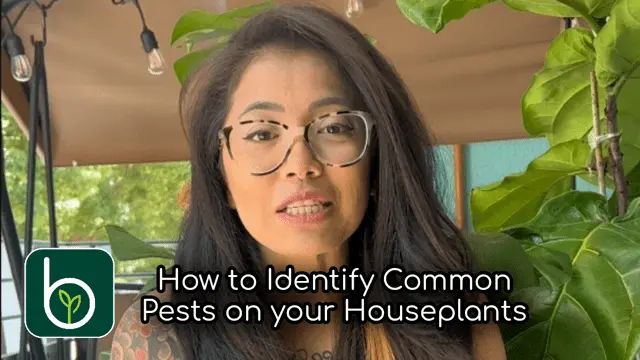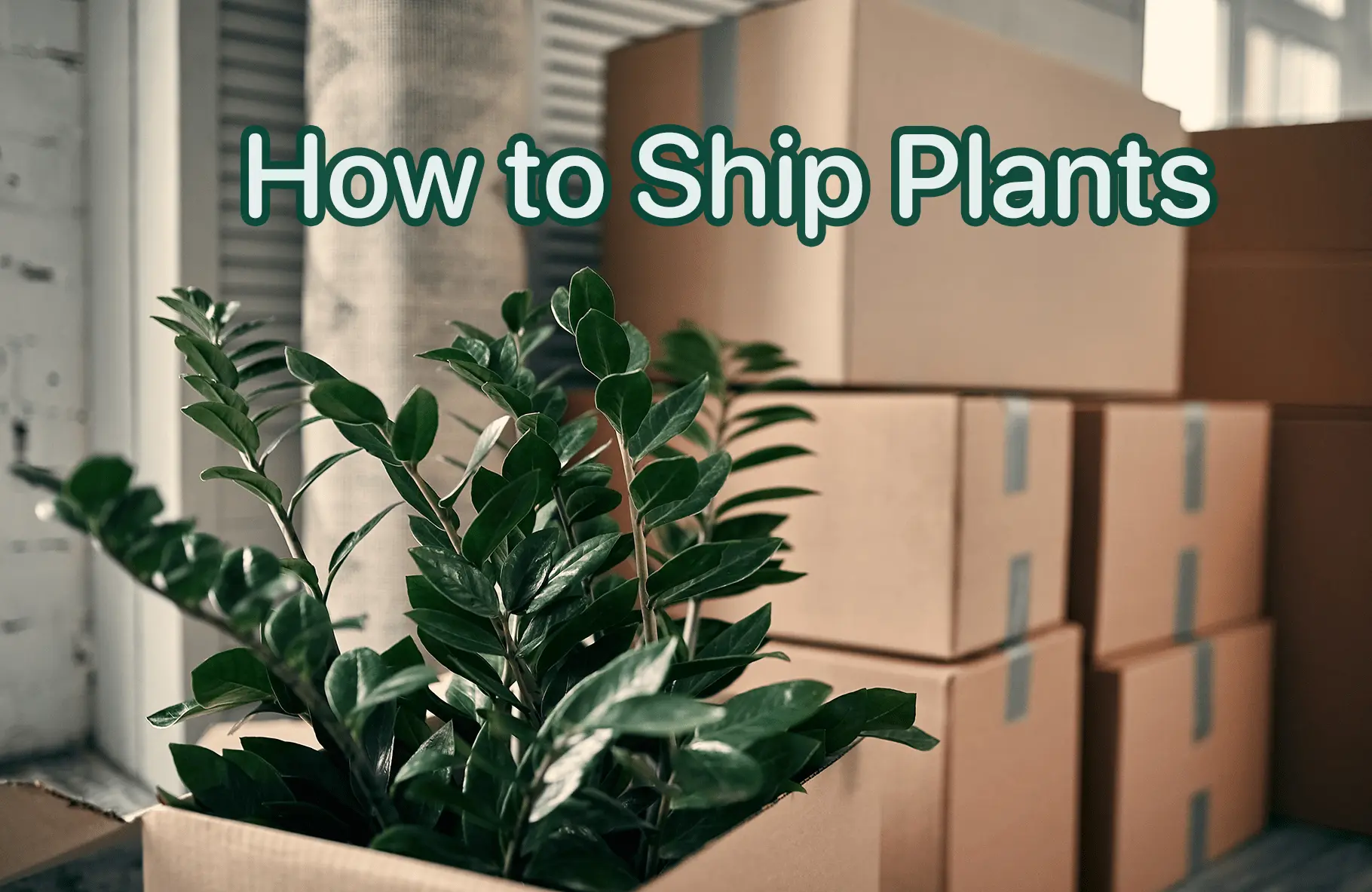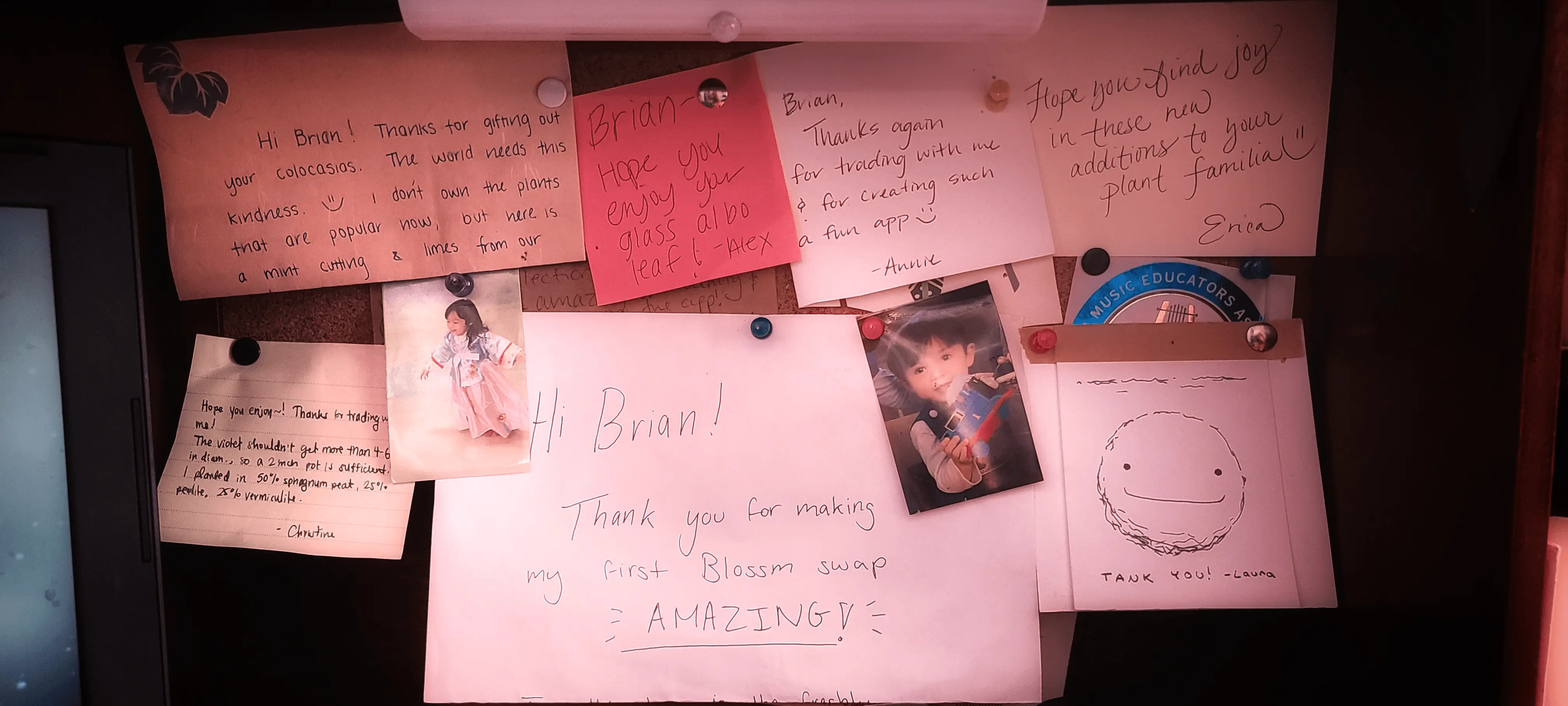
Identifying common pests on houseplants is essential for maintaining their health. We first start looking for signs of damage such as holes, discoloration or wilting. It is also good to check for unusual webbing or sticky residue on the leaves. Some pests like the larvae of fungus gnats inhabit the soil of houseplants. Inspect the soil’s surface for tiny insects flying around or crawling on top.
Here are 5 common pests that are visible on the plants themselves:
- Aphids are small, pear-shaped insects that can be green, black, brown or even translucent. They cluster on the undersides of leaves and feed on plant sap.
- Spider mites are tiny arachnids that are usually red, brown, or yellow and can also be found on the underside of leaves. They create fine webbings and cause stippling or yellowing of the leaves.
- Mealybugs are soft-bodied insects that resemble cottony masses and often gather in leaf axils or on the underside of leaves. They suck sap from the plants, causing wilting or yellowing.
- Scale insects have a hard shell-like covering and can be found attached to stems or leaves. They come in various colors and sizes and often cause leaf yellowing and stunted growth.
- Whiteflies are small, white, fly-like insects that are usually found on the undersides of leaves. They fly away when disturbed and can cause leaf yellowing and wilting.
Some pests are extremely small and hard to spot with the naked eye. Utilize a magnifying glass or a smartphone with a macro lens to inspect your plants more closely. If you are unsure of a particular pest, Blossm has a very friendly and welcoming forum within the app where you can get help and advice from fellow plant lovers!
From here, it is important to take action promptly. Start by isolating the affected plants from the healthy ones to prevent further infestation. Consider natural remedies like insecticidal soaps, neem oil, or homemade solutions like a mixture of water and mild dish soap to control the pests. For severe infestations, you may need to resort to specific chemical insecticides but use them with caution and follow the instructions carefully.
Recommended Blogs

How to Ship Plants
Shipping plants is actually easier than you think and quite common! At Blossm, many of our community members ship plants all over the country! Best practices for shipping plants.

Plant Pop - Meet Brian Feretic & Hear How Blossm Grew into a Flourishing Plant Community
After discovering his love for plants, Brian was eager to spread the joy that he gets from them to others in his community. One day, he found himself exchanging one of the plants he had propagated, a rubber plant, with a neighbor, who let him pick one from her garden.

How to Propagate Alocasia Bulbs or Corms
It's plant experiment time again! "Which medium is best to propagate an alocasia corm or bulb?" When I was repotting one of Alocasia plants, I uncovered a bunch of baby bulbs or "corms" that were growing on my Alocasia Cuprea momma plant.

The Best Rooting Hormone for Plant Propagation
About six weeks ago, I started a plant experiment to compare the different types of rooting hormone for propagating my houseplants.

The Benefits of Growing Plants in Leca
We have grown to really love using LECA (Lightweight Expanded Clay Aggregate) for almost all of our plants. LECA has been used in semi hydroponics and has gotten more popular throughout the years for gardening and horticulture.

The Blossm Plant Community is My Form of Therapy 💚
As a first time founder, I didn't really fully understand what I was getting myself into... I knew Blossm would need at least 3-5 years to see it through, and the journey was going to be extremely difficult, but I didn't truly understand the magnitude of the rollercoaster ride of #startuplife.